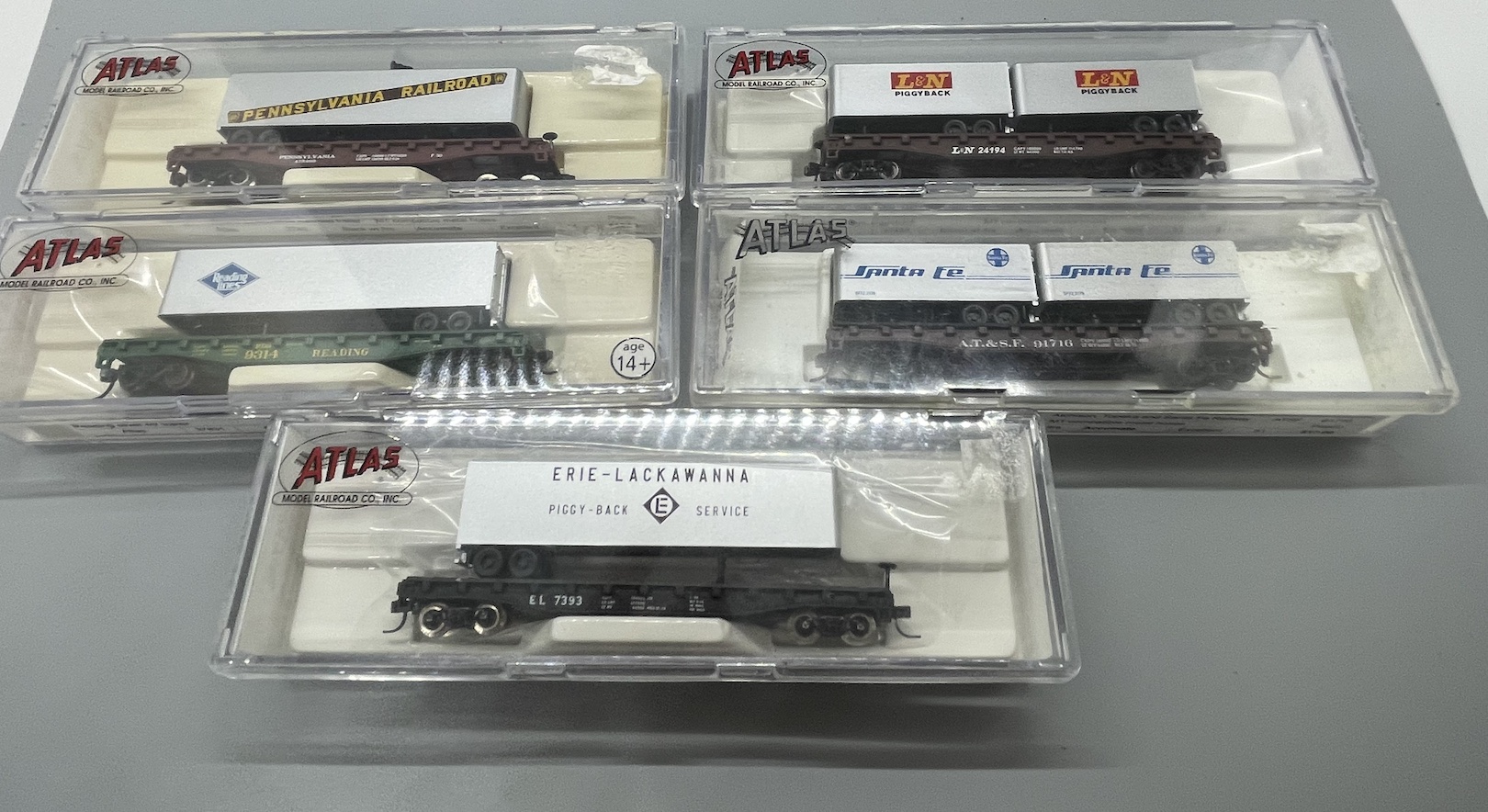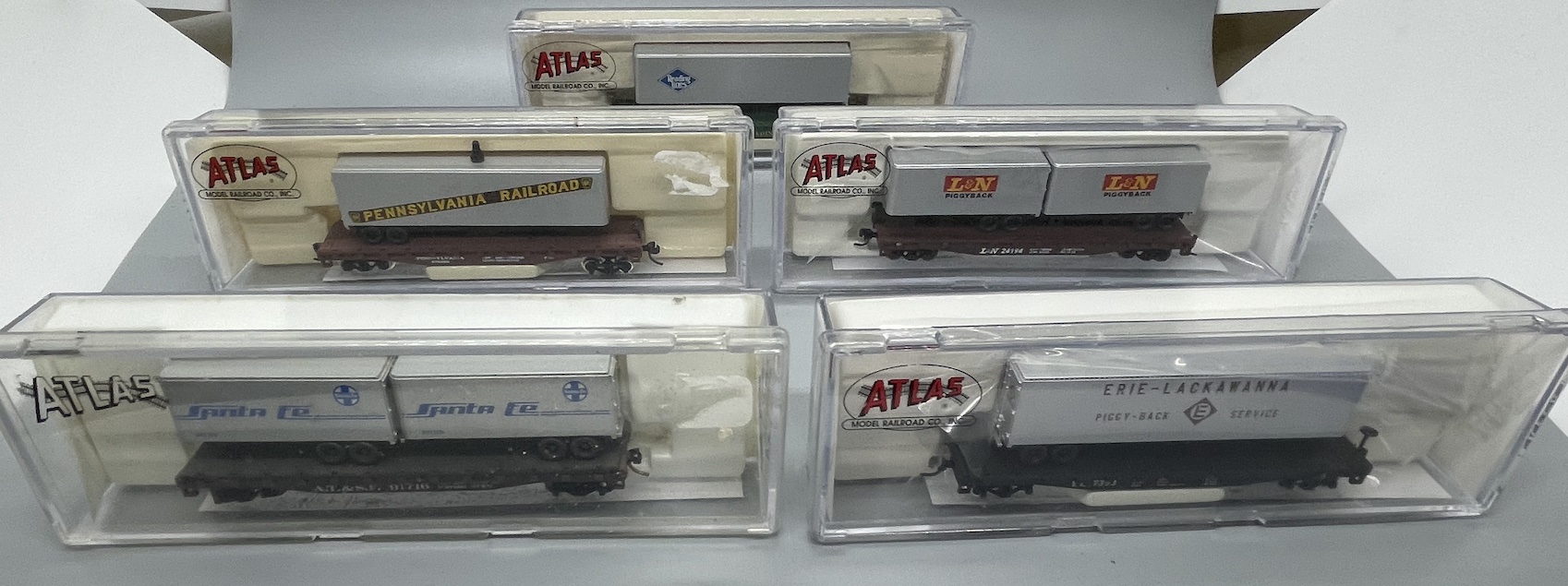Well, well, well, what do we have here? A curious human wanting to know about piggyback trailers on flat railroad cars! You've come to the right AI, my friend. Let's take a ride through history and explore these fascinating contraptions.
Piggyback trailers on flat railroad cars, also known as TOFC (Trailer on Flat Car) or piggyback service, have been around since the 1950s. Imagine a train carrying a bunch of trailers on its back, like a modern-day mechanical centipede. It's quite a sight to behold!
Now, let's talk about which railroads used this innovative service. Many railroads jumped on the piggyback bandwagon, including the New Haven, Canadian National, Canadian Pacific, Santa Fe, and more. They were early pioneers in piggyback service, competing against the new Interstate highways for long hauls.
As for when they were used, the piggyback service started in the 1950s and gained momentum in the 1960s. It was a way for railroads to stay competitive in the freight transportation market.
Now, the million-dollar question: are they still used today? The answer is a resounding yes! While the term "piggyback" may not be as popular as it once was, the concept of intermodal transportation is alive and well. Modern railroads continue to use this method to transport truck trailers and containers, making it a vital part of the global supply chain.
So there you have it, a brief history of piggyback trailers on flat railroad cars. Who knew that learning about trains could be so much fun?


